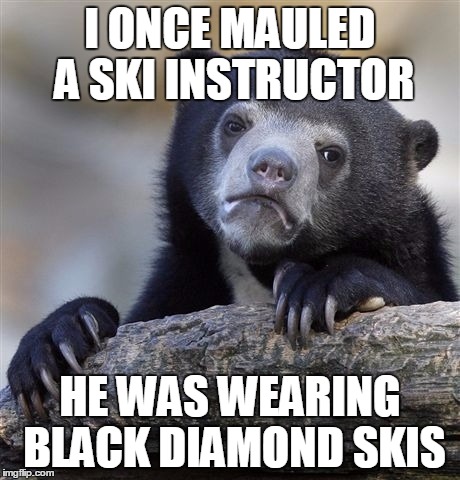MikeK wrote:
Mechanically speaking, the 75mm plate has more leverage than 68mm plate of the widest NNN binding for rolling the ski on edge. The wings on the 75mm plate offer more yaw control because there is virtually no slop between the side of the boot and the wings where the NNN relies mainly on the ridges on base plate to accomplish the same task.
I'm afraid I don't buy this...IMO, it is the boot that is offering the leverage- the width of the toe/BAF attachment plate does not increase that leverage...if the toe/BOF attachment is strong enough, all other things being equal, the boot should offer the same amount of leverage- regardless of 75mm or NNNBC (the addition of a heel cable greatly increases both binding resistance and torsional strength). The toe/BOF attachment is not a fulcrum- a skier cannot use the outer extremities of the toe/BOF plate to lever the ski over- the skiers weight is centered on the plate- period.
The lever is not determined by the width of the toe/BOF plate.
The lever is determined by the
height of the plate in relation to the ski edge.
The only way to increase mechanical levering advantage is to raise the height of the binding plate in relation to the ski edge.
As an extension of this- taller boots offer much more steering/edging leverage than short boots.
IMO, the main downhill advantage of 75mm for downhill skiing is because you can take steering/edging power way beyond NNNBC and basic 3-pin.
Basic 3-pin and NNNBC bindings are both primarily designed for XC skiing. IMO, serious downhill skiing is taking both of these bindings out to their limits of steering/edging power.
IMO- basic 3-pin or NNNBC? A matter of personal preference- and
in particular a matter of finding the ideal boots for backcountry-xcountry skiing.
(I do have more to say about the K&G performance between the two- I am waiting for a response from Rottefella- I will post in the NNNBC thread)

